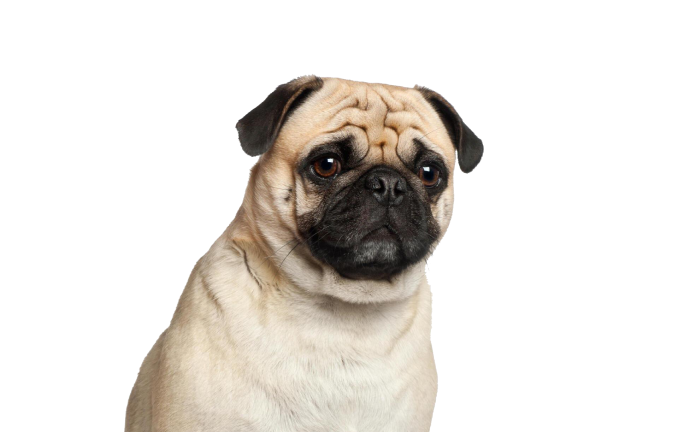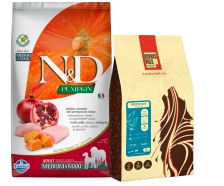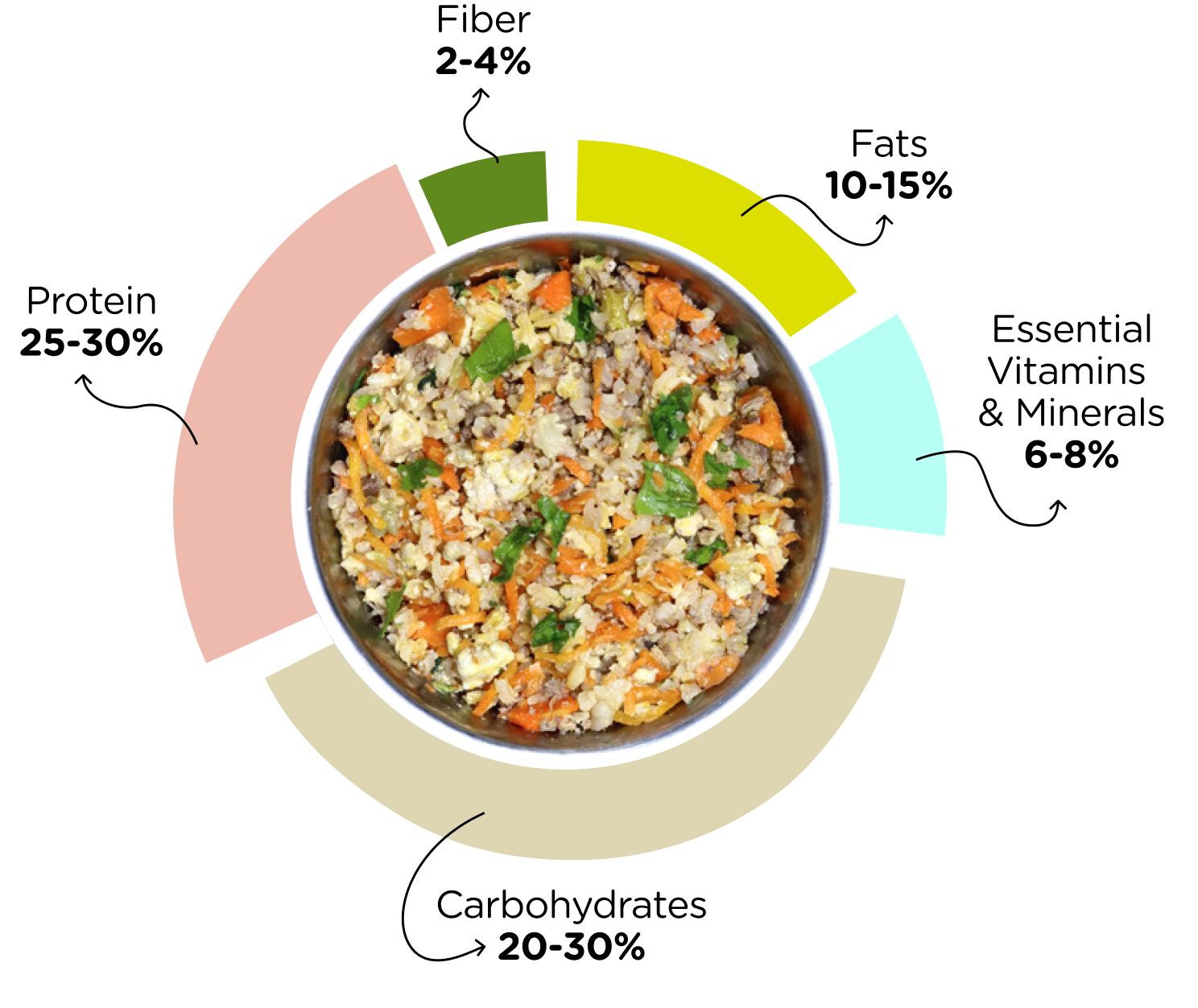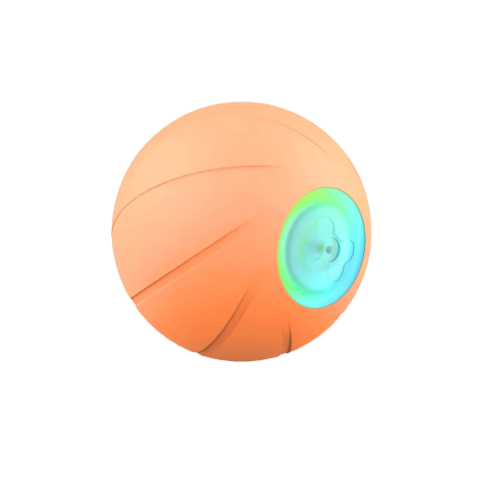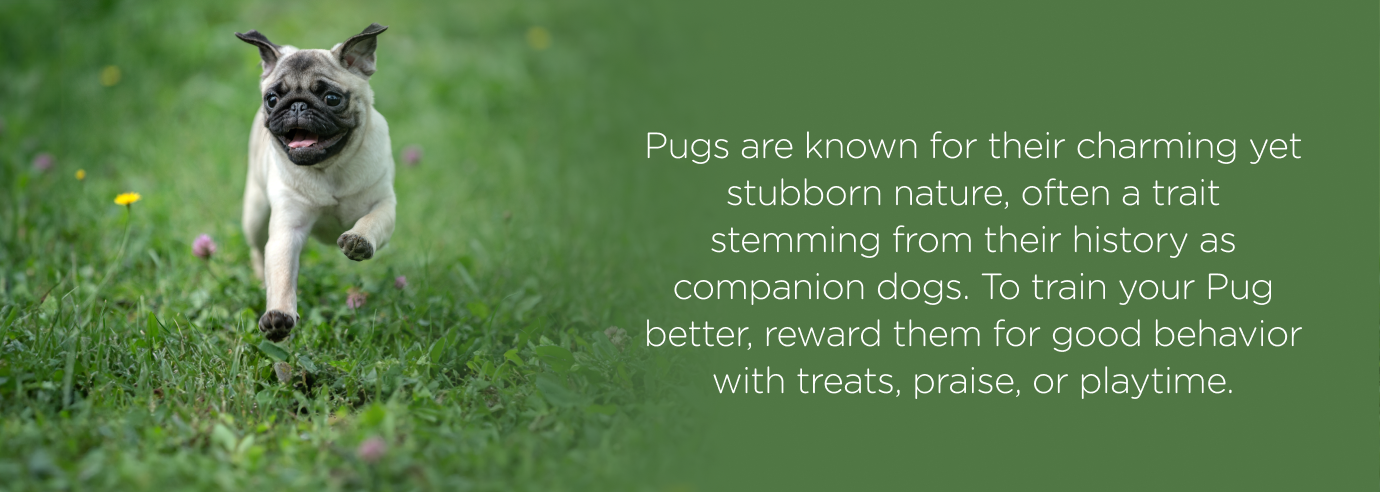In 24 cities
Pugs, like any dog breed, have the potential to bite if they feel threatened, scared, or provoked. However, Pugs are not typically prone to aggressive behaviour. Proper training and socialisation are essential to preventing biting incidents.








